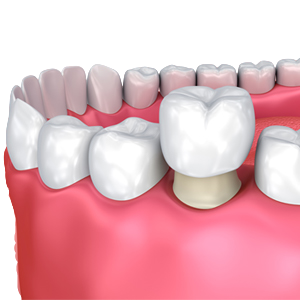
Crown
A crown, or dental cap, is a type of dental restoration which completely caps or encircles a tooth or dental implant. A crown may be needed when a large cavity threatens the health of a tooth.[1] They are typically bonded to the tooth by dental cement. Crowns can be made from many materials, which are usually fabricated using indirect methods. Crowns are used to improve the strength or appearance of teeth and to halt deterioration. While beneficial to dental health, the procedure and materials can be costly.
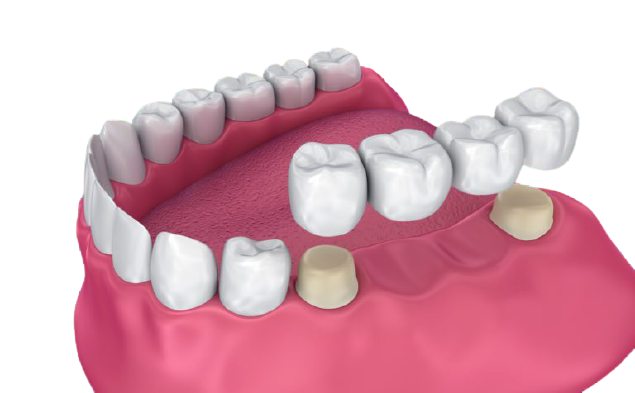
Crown And Bridge
Bridges and crowns are fixed prosthetic devices that are cemented onto existing teeth or implants by a dentist or prosthodontist. Crowns are used most commonly to entirely cover or "cap" a damaged tooth or cover an implant. Bridges are commonly used to cover a space if you're missing one or more teeth.
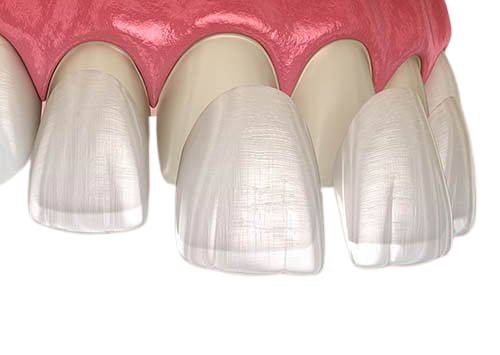
Veneers
Veneers are thin coverings that are placed over the front (visible) part of the tooth. They look like natural teeth. Veneers can be used to correct a wide range of dental issues, such as teeth that are stained and can't be whitened by bleaching. chipped or worn teeth.
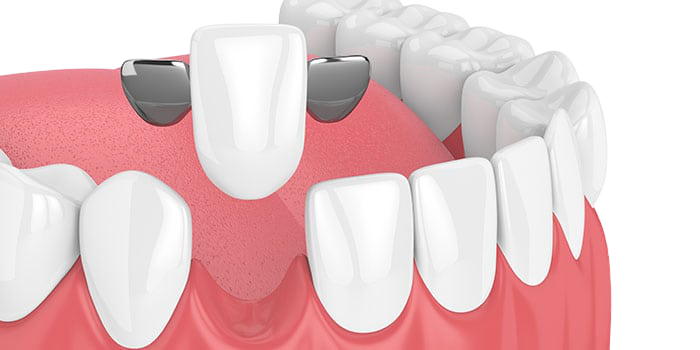
Maryland Bridge
Maryland bonded bridges (also called a resin-bonded bridge or a Maryland bridge) are made of porcelain, porcelain fused to metal, or plastic teeth and gums supported by a metal or porcelain framework. Metal or porcelain wings often on just one side of the bridge are bonded to your existing teeth.
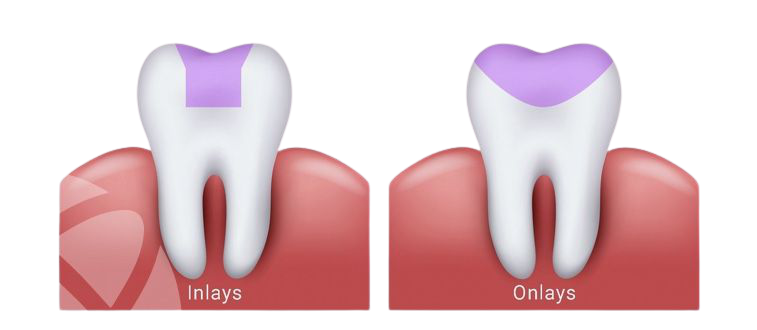
Inlay And Onlay
Inlays and Onlays are used in molars or premolars, when the tooth has experienced too much damage to support a basic filling, but not so much damage that a crown is necessary. The key comparison between them is the amount and part of the tooth that they cover. An inlay will incorporate the pits and fissures of a tooth, mainly encompassing the chewing surface between the cusps. An onlay will involve one or more cusps being covered. If all cusps and the entire surface of the tooth is covered this is then known as a crown.
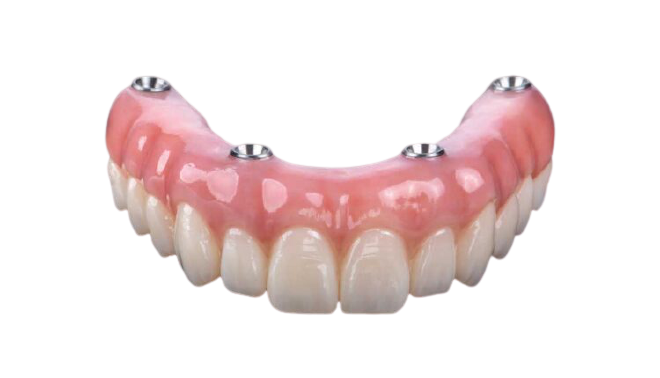
Dental Implant Prosthesis
Dental implant. A dental implant (also known as an endosseous implant or fixture) is a surgical component that interfaces with the bone of the jaw or skull to support a dental prosthesis such as a crown, bridge, denture, facial prosthesis or to act as an orthodontic anchor.